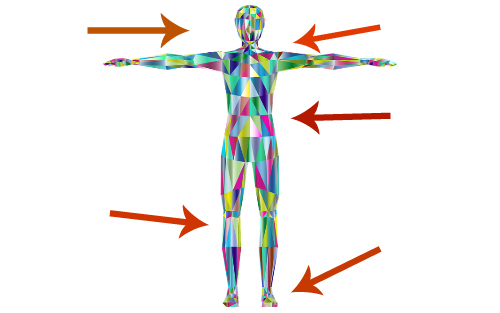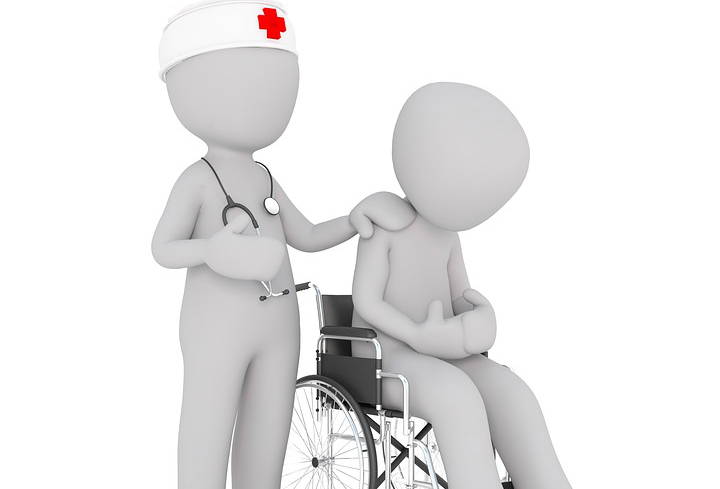 Your fingernails, along with your tendons, joints, hair, and skin are made from collagen–a group of naturally occurring proteins that strengthen the connective tissues of your body.We know that if your nails are weak or problematic, they represent a communication from inside the body to the outside.
Your fingernails, along with your tendons, joints, hair, and skin are made from collagen–a group of naturally occurring proteins that strengthen the connective tissues of your body.We know that if your nails are weak or problematic, they represent a communication from inside the body to the outside.
Your nails are a reflection of your nutritional status and the overall quality of your health. This communication can bring to your attention deficiencies in essential nutrients. They can also reflect environmental chemical exposures.
To improve the quality and health of your nails, you first need to understand their constitution and chemistry. The nutrient calcium is an essential component of healthy nails; it is often deficient in dry and brittle nails. Fat-soluble vitamins in addition to a “good fats”, which are part of the metabolism of collagen, may also be missing or deficient.
Another issue may be low thyroid function, especially if the hair and skin are dry. Thyroid function is directly connected to the deposition of protein into our connective tissues and our nail beds.
Iron deficiency can produce pale, thin nails. Vitamin B and C deficiencies can be contributing factors to shredding, weak nails. Often if there is a digestive problem, which includes a lack of hydrochloric acid and pepsinogen or poor eating and absorption, vertical nail ridges can be found. Zinc and mineral deficiencies can create white spotting in the nail beds, along with chronic nail crack patterns and damage.
External factors can include exposure to household chemicals when cleaning without gloves, exposure to garden chemicals, handyman repairs, and cleaning or dying your clothes or rugs and upholstery. Excess use of nail polish remover is another culprit. An interesting fact is that repeated exposure to water is the number one external cause of dry, brittle nails.
When we understand how our fingernails tell the story about our internal nutritional and metabolic status, we can immediately address and correct the problem by choosing higher quality foods that are rich in calcium, minerals, vitamins B and C, and omega-3 fatty acids. Fresh fruits, vegetables, cold-water fish, whole grains and beans are excellent choices to help eliminate nail weakness and splitting.
The best way to healthy, beautiful nails is through a healthy, beautiful diet.








